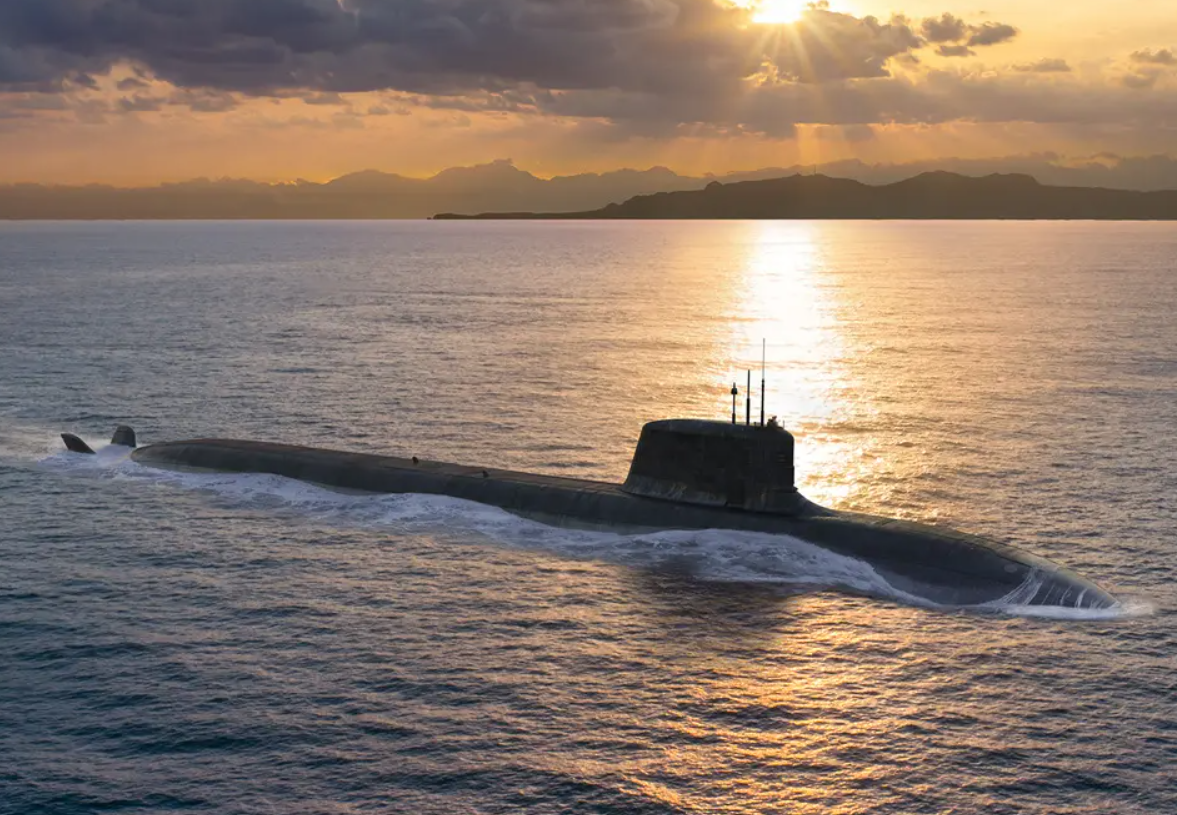Australia Unveils Ambitious Naval Shipbuilding Plan

Australia has unveiled its 2024 Naval Shipbuilding and Sustainment Plan, marking a significant commitment to enhancing its maritime capabilities. The Albanese Government has pledged a record investment of up to $159 billion over the next decade through the Integrated Investment Program. This ambitious plan aims to bolster Australia’s naval strength and ensure the country remains secure in an evolving global landscape.
The plan outlines a comprehensive 30-year pipeline of construction and sustainment projects, primarily focused in South Australia and Western Australia. It includes the construction of conventionally armed and nuclear-powered submarines, as well as an upgraded surface combatant fleet. With the introduction of 55 new vessels compared to previous plans, the Royal Australian Navy is set to more than double its surface combatant fleet. This includes the ongoing construction of six Hunter-class frigates in Adelaide, alongside plans for new general-purpose frigates, large optionally crewed surface vessels, and future destroyers.
Expanding Naval Capabilities
The 2024 Naval Shipbuilding and Sustainment Plan represents a transformative approach to Australia’s defense strategy. The Albanese Government’s commitment to building a more capable navy is evident in its plans to enhance the Royal Australian Navy’s surface combatant fleet. The introduction of new vessels will not only increase the number of ships but also improve their capabilities.
In addition to the surface combatants, the plan includes the construction of landing craft for the Australian Army. These vessels will enhance the Army’s littoral maneuver capabilities, allowing for more effective land and maritime strikes. This comprehensive strategy aims to create a robust naval force that can respond to various challenges in the region.
The government’s investment is expected to create a significant number of jobs. By 2030, around 8,500 jobs in shipbuilding and sustainment will be supported, with an additional 20,000 jobs anticipated over the next 30 years for the nuclear-powered submarine program. This focus on job creation underscores the government’s commitment to not only strengthening national defense but also boosting the economy.
Workforce Development and Infrastructure Upgrades
To support this ambitious naval expansion, the Albanese Government is taking decisive steps to grow the workforce. A $1.5 billion investment will provide 500,000 free TAFE and vocational education training places. Additionally, $250 million will be allocated to attract, train, and retain the workforce needed for the nuclear-powered submarine program. This includes 4,000 Commonwealth-supported STEM university places across Australia.
The government is also implementing the South Australia Defence Industry Workforce and Skills Report in collaboration with the South Australian Government. A newly established Maritime Workforce and Skills Council will oversee the coordinated growth of this workforce, working closely with federal, state, and territory governments, industry, trade unions, and academia.
Moreover, the government is progressing with detailed design and enabling works for multi-billion-dollar infrastructure upgrades. These upgrades will enhance Australia’s maritime industrial base, including the new Defense Precinct at Henderson in Western Australia and the Submarine Construction Yard at Osborne in South Australia.
Deputy Prime Minister Richard Marles emphasized that this long-term investment reflects the Albanese Government’s vision for continuous naval shipbuilding and sustainment. He stated, “Through the most significant investment in maritime capability in Australia’s history, we will see generations of naval construction projects happen right here.” This commitment not only aims to create a more lethal navy but also ensures financial security for Australians through well-paid jobs in the defense sector.
